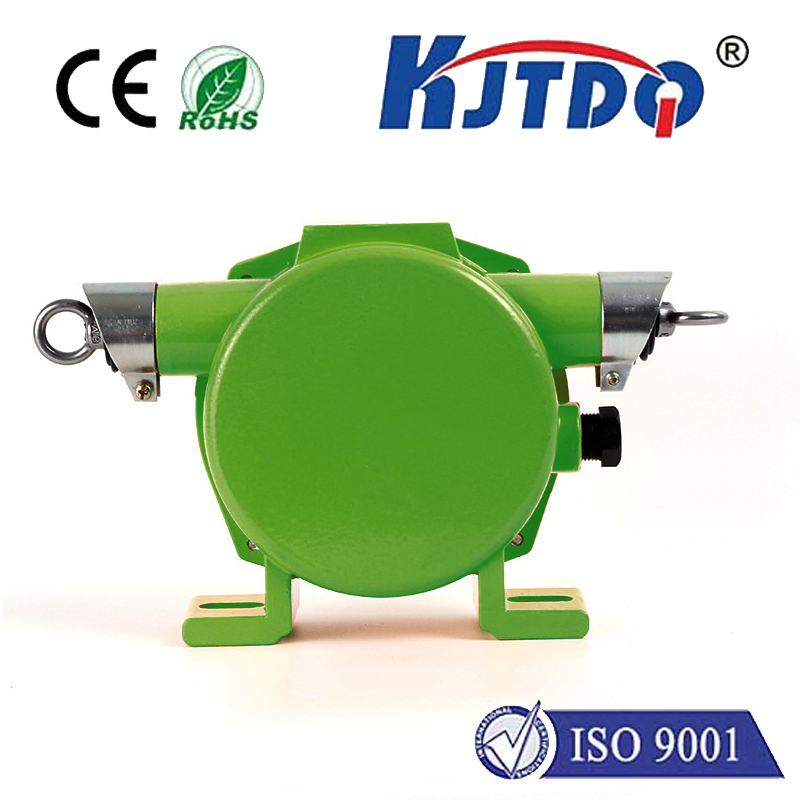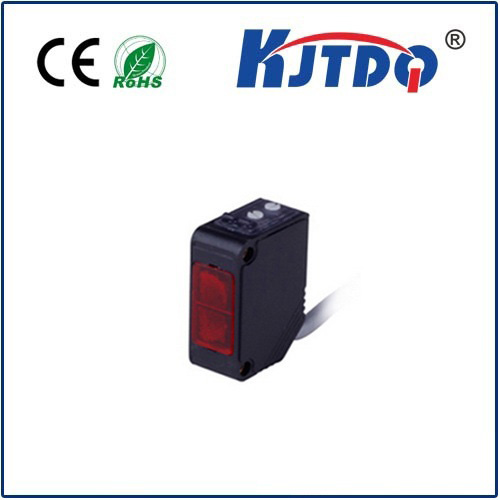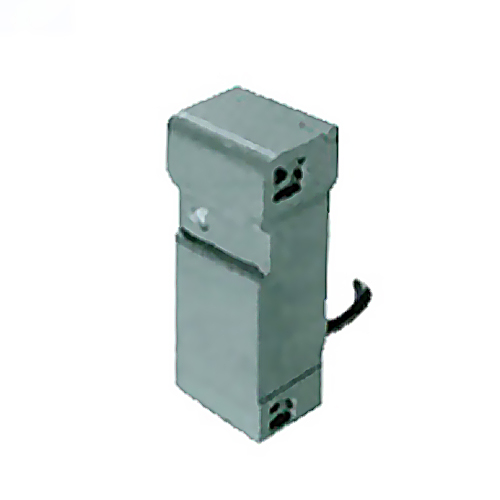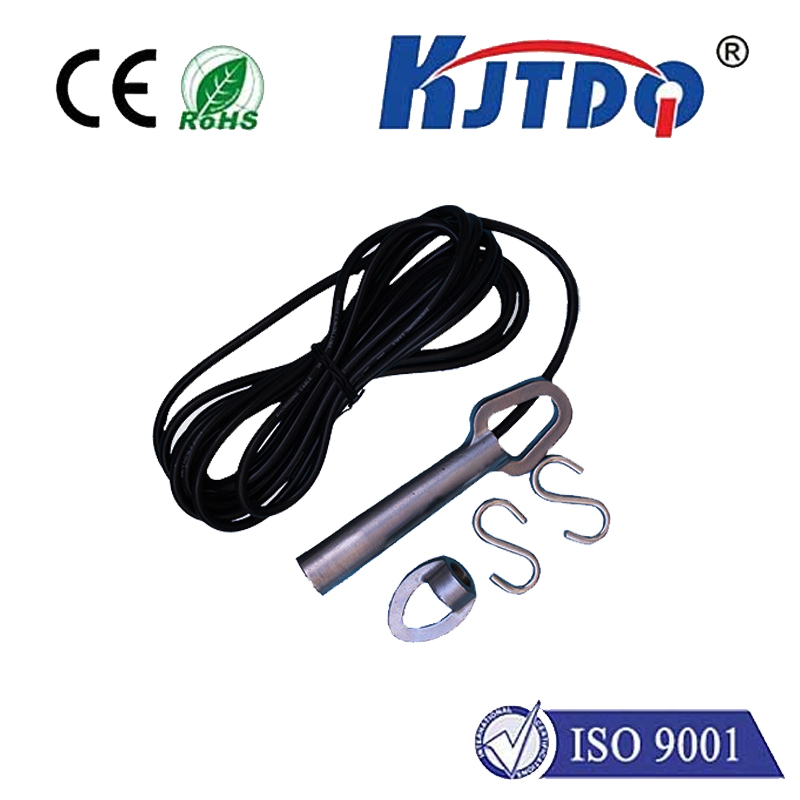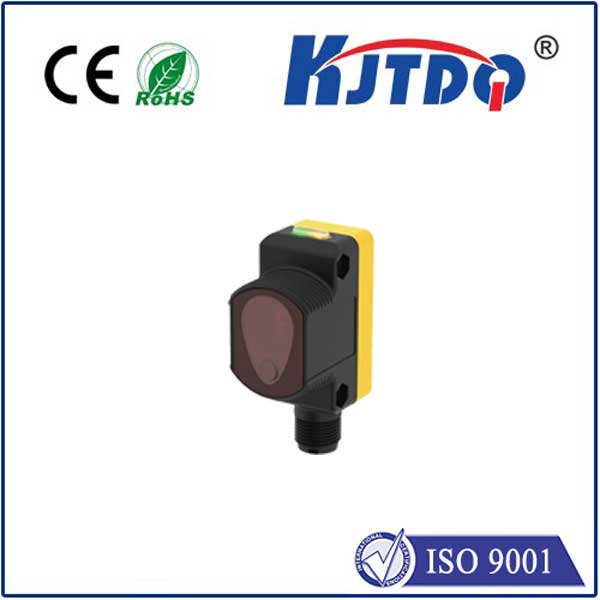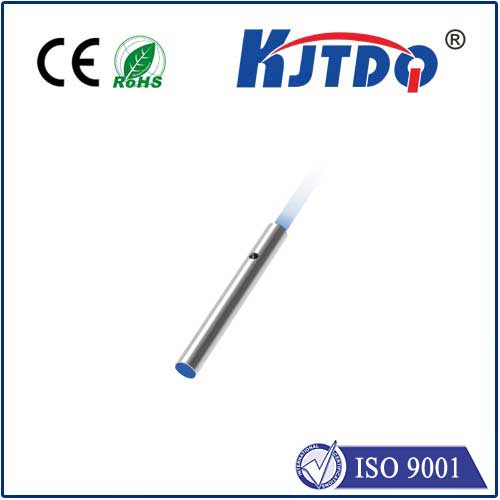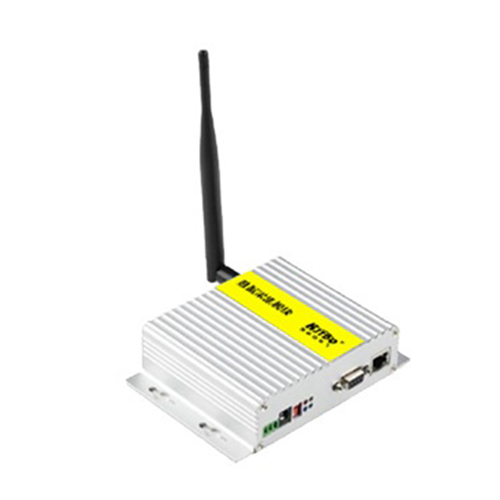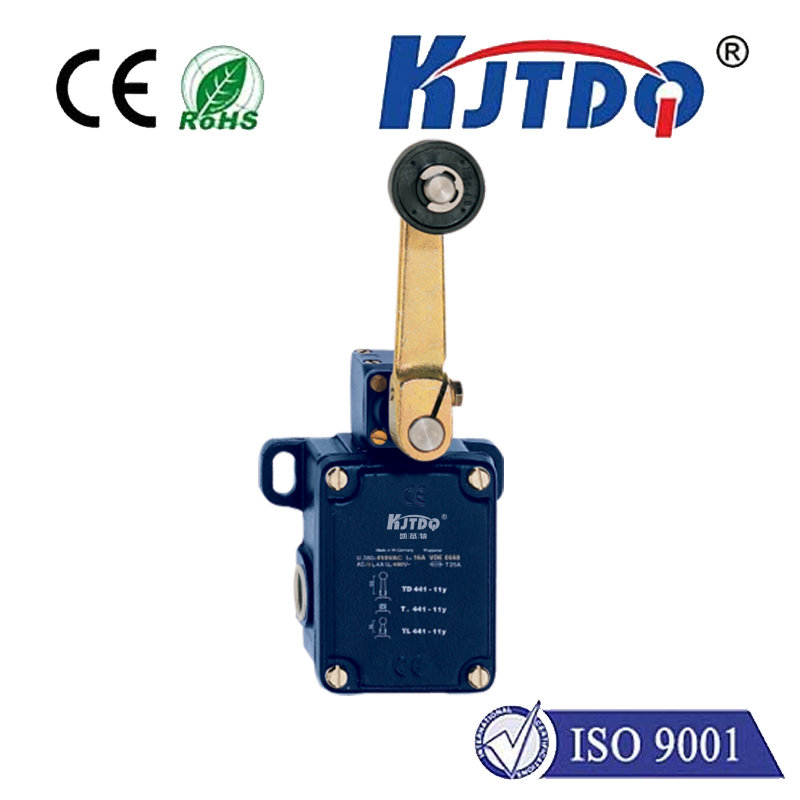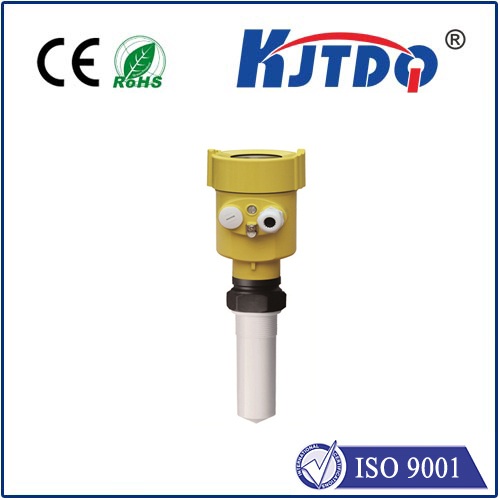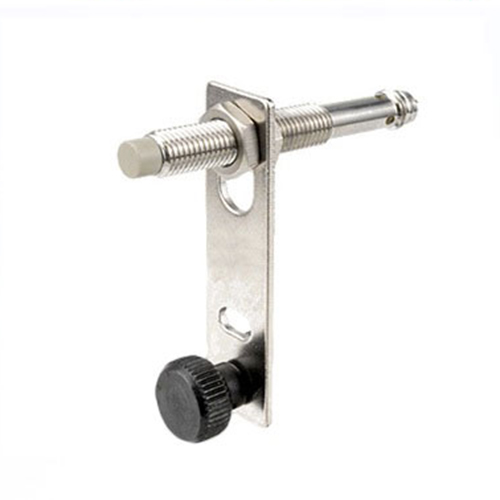

check

check

check

check

check

check

check

check

check

check
Title: The VL53L0X Sensor: Revolutionizing GY-530 Projects with Precision and Efficiency
In the world of technology, advancements are constantly shaping our lives in ways we could never have imagined. One such innovation that has recently taken the tech community by storm is the VL53L0X sensor. This remarkable device has not only improved the accuracy and efficiency of various applications but has also revolutionized GY-530 projects, making them more precise and effective than ever before. In this article, we will delve into the features and advantages of the VL53L0X sensor and its impact on GY-530 projects.

The VL53L0X sensor is a highly sophisticated device that utilizes advanced light detection and ranging (LiDAR) technology to measure distance. It is capable of providing accurate distance measurements up to 2 meters, making it ideal for a wide range of applications. The sensor operates using an infrared laser source and a photodetector to detect the reflected light, allowing for precise distance measurement. With its small form factor, low power consumption, and high accuracy, the VL53L0X sensor is perfect for use in portable devices, robotics, and other applications where space and energy are limited.
In the realm of GY-530 projects, the integration of the VL53L0X sensor has proven to be a game-changer. The GY-530 is a popular breakout board designed for use with the Broadcom BCM2837 GPS chipset, commonly found in Raspberry Pi models. By incorporating the VL53L0X sensor into GY-530 projects, developers can take advantage of its high precision and fast response time to create more accurate and efficient solutions. For example, in autonomous vehicles, the VL53L0X sensor can be used to detect obstacles and navigate through complex environments, improving both safety and performance. Similarly, in drone technology, the sensor can provide real-time altitude measurements, enabling more stable flight and precise landing capabilities.
Moreover, the VL53L0X sensor offers numerous advantages over traditional distance measurement techniques such as ultrasonic sensors or infrared proximity sensors. Unlike these methods, the VL53L0X sensor does not require any additional components or complex algorithms to operate, making it easy to integrate into existing systems. Additionally, its non-contact nature ensures that it can measure distances accurately without being affected by environmental factors such as dust or moisture. These features make the VL53L0X sensor an ideal choice for developers seeking reliable and efficient solutions for their GY-530 projects.
In conclusion, the integration of the VL53L0X sensor into GY-530 projects represents a significant step forward in terms of accuracy and efficiency. With its advanced LiDAR technology, small form factor, and ease of integration, the VL53L0X sensor is poised to revolutionize a wide range of applications, from autonomous vehicles and drones to industrial automation and beyond. As technology continues to evolve at an unprecedented pace, the VL53L0X sensor stands as a testament to the boundless possibilities that await us in the future of innovation
